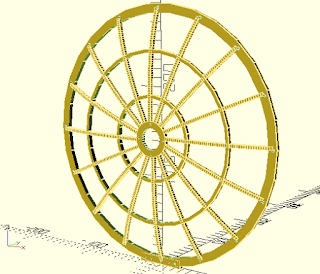One of the missing requirements for an autonomous vessel was the capability to remotely login to the Raspberry Pi computer on AMOS and change configuration file settings, upload / download files, make code changes, reboot, etc. The problem was that even if you did happen to know what the actual Internet address was for AMOS, the cell network or some other networking layer would not allow you to setup for example a secure shell (SSH) server on port 22 (or any other port I think). I had hoped that setting up port forwarding on the USB hotspot device would do the trick, but it did not. After a fair amount of Google searching, I came across https://remote.it/ which allowed me to do exactly what I wanted. Essentially they act as a sort of go-between, between AMOS and the remote user. So by registering AMOS with their service, I can open up a terminal session on my PC to AMOS, so long as AMOS has some sort of link to the Internet.
A second humidity sensor was added to the battery box this past week, along with some software for getting data from it. I still need to add more software for the iOS, Android, and PC apps though to include this extra data. Also, the new (genuine) HM-10 Bluetooth Low Energy module arrived this week, so I'll need to hook that up soon and replace the cheap imitation version that I have been using up until now.
Kirsten and I took AMOS out to Woolastook for a field test on the weekend, but it didn't go well. The metal cage was too heavy, and would pitch forward and get stuck on the servo motor arm, making any sort of steering impossible. We went for a canoe trip anyway though, and towed AMOS along behind us. So it's back to a plastic cage for the air propeller I guess. Here is a 3D model of half the cage:
I'm not sure yet if this model will fit on my 3D printer, I'll give it a try tomorrow. It might just barely fit on the bed if I align it diagonally, although it will require a lot of support material when aligned that way. Oh well, if it works it will be a lot less expensive than outsourcing the print. This particular curved design is better than the previous 3D printed model, as it does not require additional metal rods for the sides, and has more and thicker spokes, so should be considerably more durable.

No comments:
Post a Comment